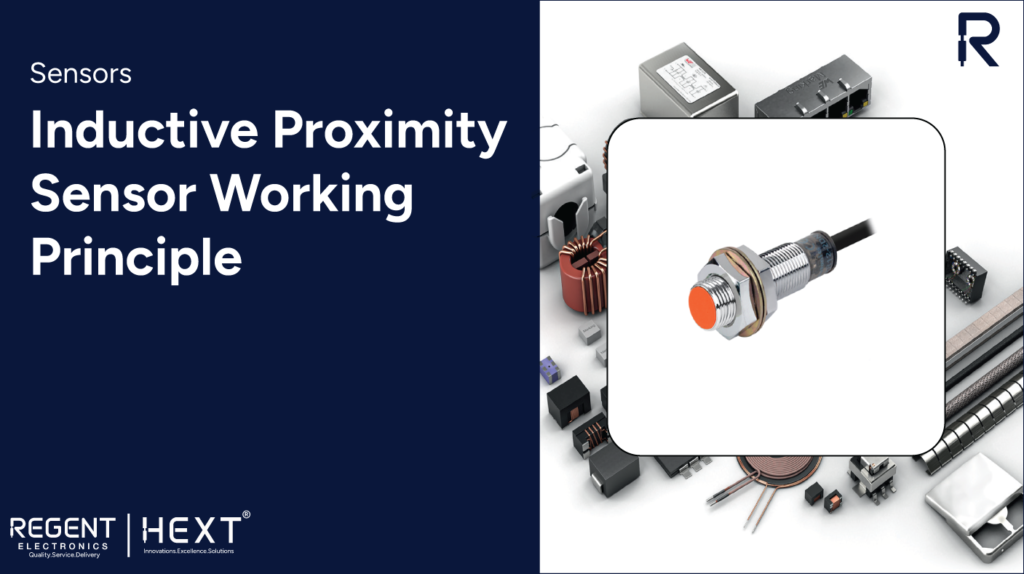
Inductive Proximity Sensor Working Principle
Introduction This blog explores the technology behind inductive proximity sensors, their applications, advantages, and disadvantages.
What is an Inductive Proximity Sensor?
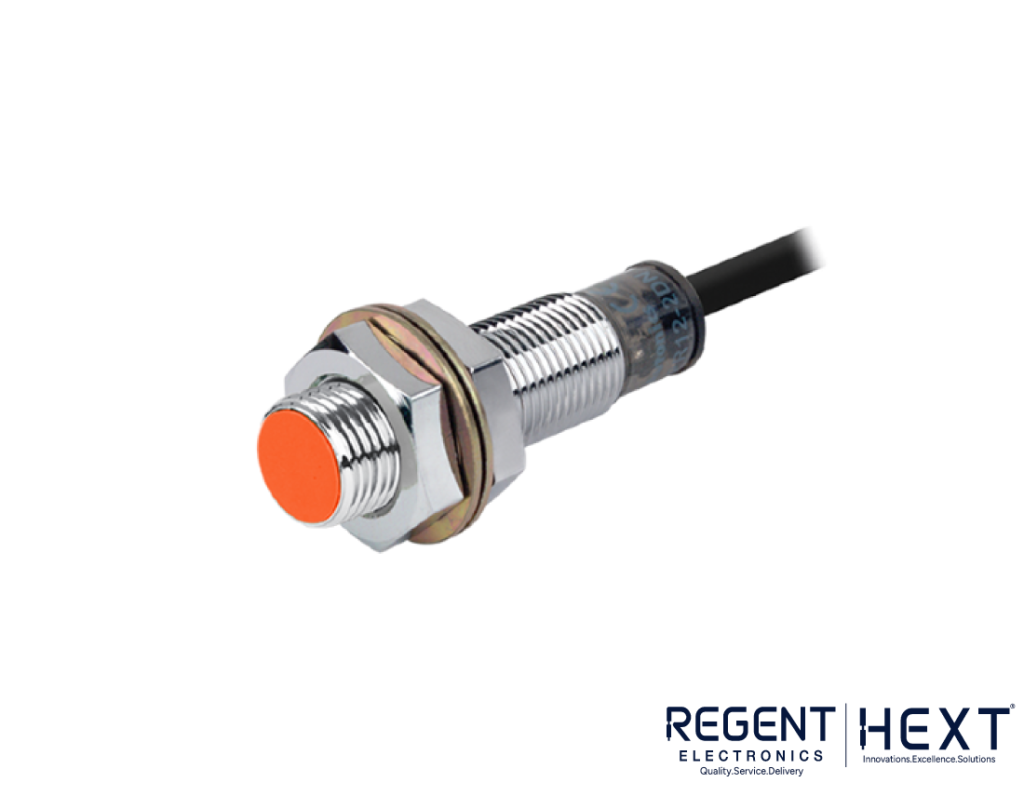
An inductive proximity sensor detects metallic objects that come within its sensing range without any physical contact. It operates on the principle of inductance, where a fluctuating current generates an electromagnetic field that interacts with the target object. These sensors are ideal for detecting ferrous materials, such as mild steel, that are at least one millimeter thick.
Inductive proximity sensors consist of four key components:
- A ferrite core with coils
- An oscillator
- A Schmitt trigger
- An output amplifier
These sensors are available in two main versions:
- Unshielded: Generates a broad electromagnetic field, allowing for a greater sensing range.
- Shielded: Concentrates the electromagnetic field at the front, reducing interference and providing precise detection.
Working Principle of Inductive Proximity Sensors

The working of an inductive proximity sensor is based on electromagnetic induction. The oscillator in the sensor generates a symmetrical, oscillating magnetic field at the sensing face. When a metallic object enters this field, it induces small electrical currents (eddy currents) on the metal’s surface.
These eddy currents create a load on the sensor, reducing the amplitude of the electromagnetic field. As the target moves closer, the eddy currents increase, further reducing the field strength. The Schmitt trigger monitors these amplitude changes and switches the sensor on or off when a predetermined threshold is reached.
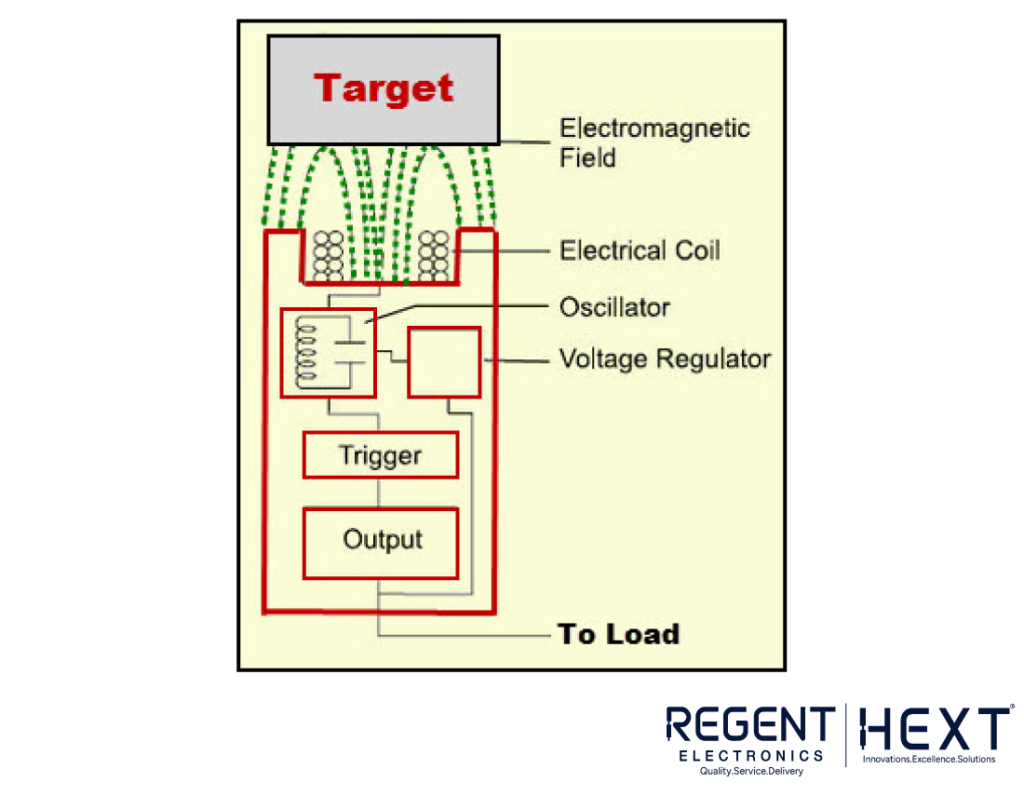
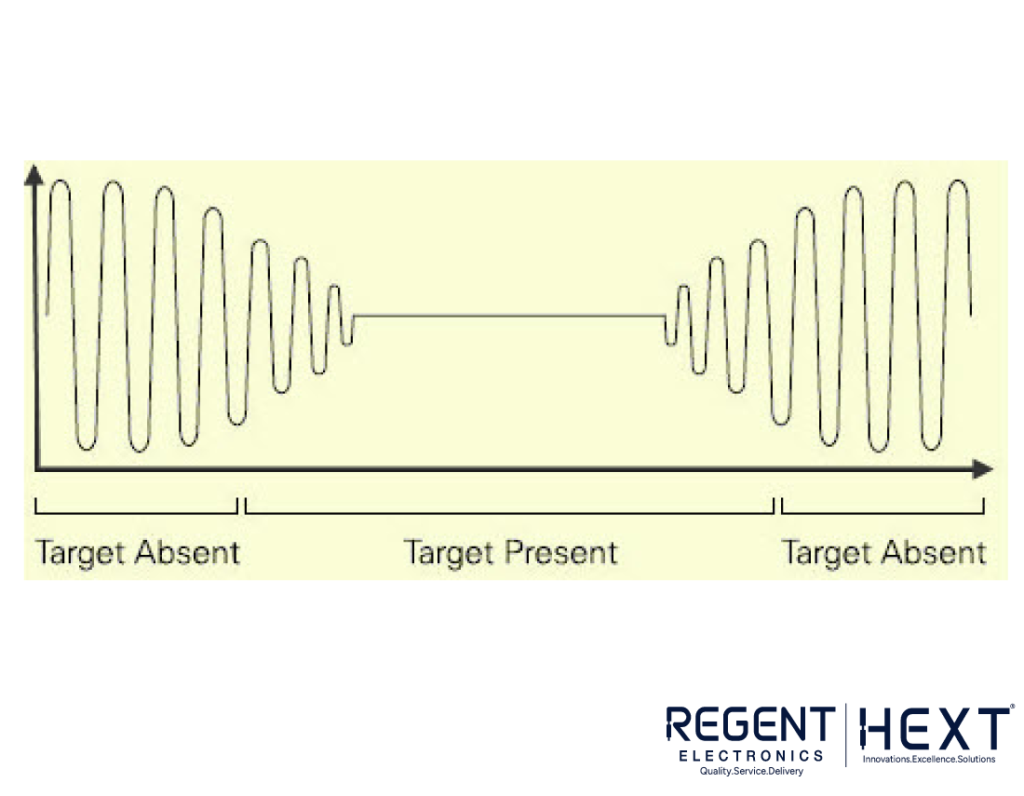
Operating Frequency Range:
- AC Sensors: 10 to 20 Hz
- DC Sensors: 500 Hz to 5 kHz
Due to magnetic field limitations, inductive proximity sensors typically have a narrow sensing range, usually from fractions of a millimeter to around 60 mm.
Advantages of Inductive Proximity Sensors
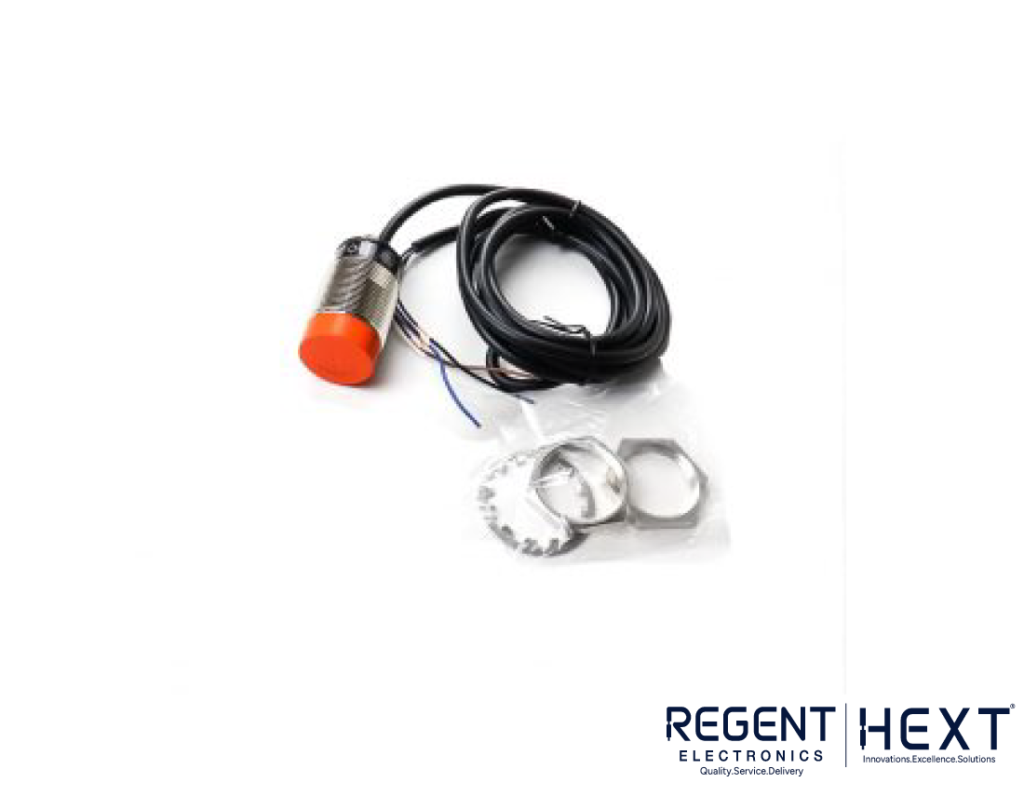
- Non-contact detection: Ensures minimal wear and tear.
- High reliability: Works effectively in industrial environments with dust, dirt, and oil.
- Fast switching speed: Suitable for high-speed applications.
- Long service life: No moving parts reduce mechanical failure.
- Versatile metal detection: Detects ferrous and some non-ferrous metals.
Disadvantages of Inductive Proximity Sensors
- Limited detection range: Typically up to 60 mm.
- Metal-only detection: Cannot detect non-metallic objects.
- Environmental sensitivity: Extreme temperatures and exposure to chemicals may impact performance.
Applications of Inductive Proximity Sensors
- Industrial Automation: Used in machine tools, assembly lines, and automotive production.
- Metal Detection: Identifying metal components in harsh environments.
- High-Speed Machinery: Ensuring precise detection in rapidly moving systems.
Conclusion
Inductive proximity sensors are an essential component in modern industrial automation due to their durability, reliability, and efficiency in detecting metallic objects. While they have some limitations, their benefits make them an indispensable tool in various industries.
At Regent Electronics, we are committed to providing high-quality sensor solutions for industrial applications. Stay tuned for more educational blogs on cutting-edge technologies!
